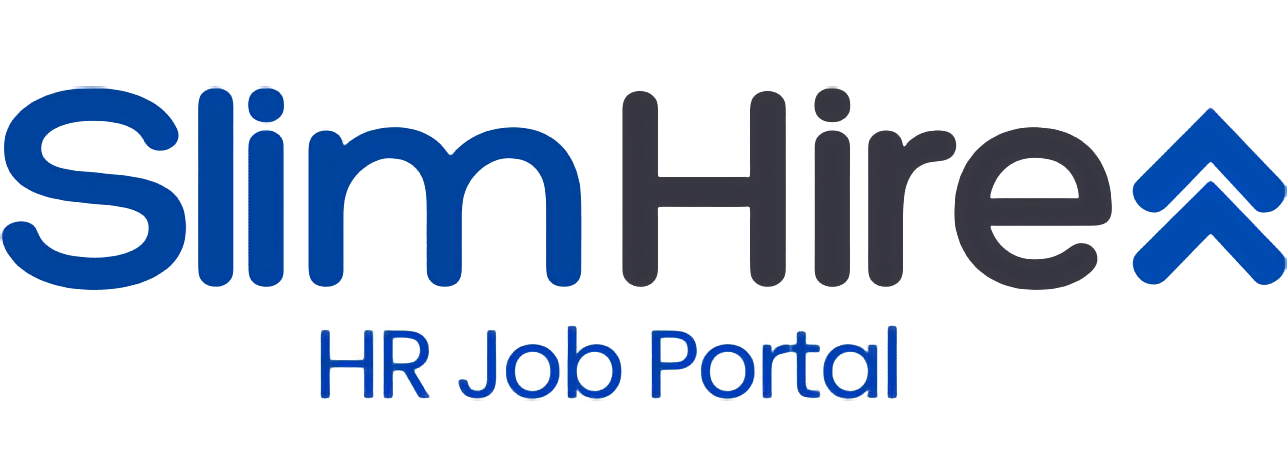How to Define Role Scope and KPIs Before Hiring Senior HR Positions
Hiring a senior HR leader—like an HR Director, C&B Lead, or OD Head—without a clearly defined scope and success criteria is a fast way to misfire. In sectors like Energy, Manufacturing, and Healthcare, the pressure to “just fill the seat” often overrides structured planning. This guide walks you through how to define role scope and KPIs that align with business impact, not just HR activity.
1. Understand What the Business Actually Needs
Before drafting a JD, ask:
- What pain is this role solving?
- Is this about growth, restructuring, compliance, or culture?
- Is the business centralizing, decentralizing, or expanding into new sites?
Context changes scope. An HR Director for a single plant is different from one handling 6 regions with industrial relations complexity.
2. Use the HR Maturity Stage as a Guide
Tailor the role to your company’s HR stage:
- Basic Stage: Needs a Generalist to build foundation (policies, contracts, legal).
- Growth Stage: Needs specialists (C&B, L&D, TA) to scale.
- Strategic Stage: Needs HRBP and Transformation leaders to embed people strategy.
Misaligning stage vs. hire leads to overpaying for under-impactful roles.
3. Define the Top 3 Deliverables for the First 12 Months
Forget long JD paragraphs. Ask:
- What must this person fix, build, or deliver in their first year?
- What will we regret not having if this role remains unfilled?
Examples:
- “Reduce turnover from 22% to below 15% in core operations.”
- “Build career path framework across 5 factories.”
- “Deliver TA pipeline for 300 frontline workers per quarter.”
Be specific, measurable, and linked to real business metrics.
4. Decide Authority Level: Will They Build or Run?
Avoid scope confusion:
- Do they own a budget, or just propose one?
- Will they lead a team, or be a solo operator?
- Can they change policy, or only execute it?
When authority is unclear, high-caliber candidates will walk away.
5. Identify Key Stakeholders and Success Dependencies
Map where the role sits:
- Reports to who?
- Partners with whom?
- Which functions are critical allies (e.g., Plant Managers, Medical Directors, Site Heads)?
Make stakeholder relationships part of the onboarding KPIs—especially in union-heavy or clinical environments.
6. Build KPIs That Drive Action, Not Admin
Avoid tracking hours or policy completeness. Focus on outcomes like:
- “Days to hire for critical roles”
- “Ratio of internal vs. external hires”
- “Reduction in IR cases per 100 workers”
- “Budget adherence for annual compensation changes”
Good KPIs turn HR into a value generator, not a cost center.
7. Final Check: Role vs. Team Fit
Even the best-defined role fails if the team is not ready:
- Is the level too senior for the current HR team?
- Will the new hire step on the toes of existing mid-managers?
- Can junior HR staff support the scope being created?
If yes, sequence your hires, or adjust the role.
Final Thoughts
Defining scope and KPIs isn’t paperwork—it’s your business case for the hire. The clearer the scope, the higher the ROI from the right leader. It also makes headhunting faster, cleaner, and more attractive to top talent.
